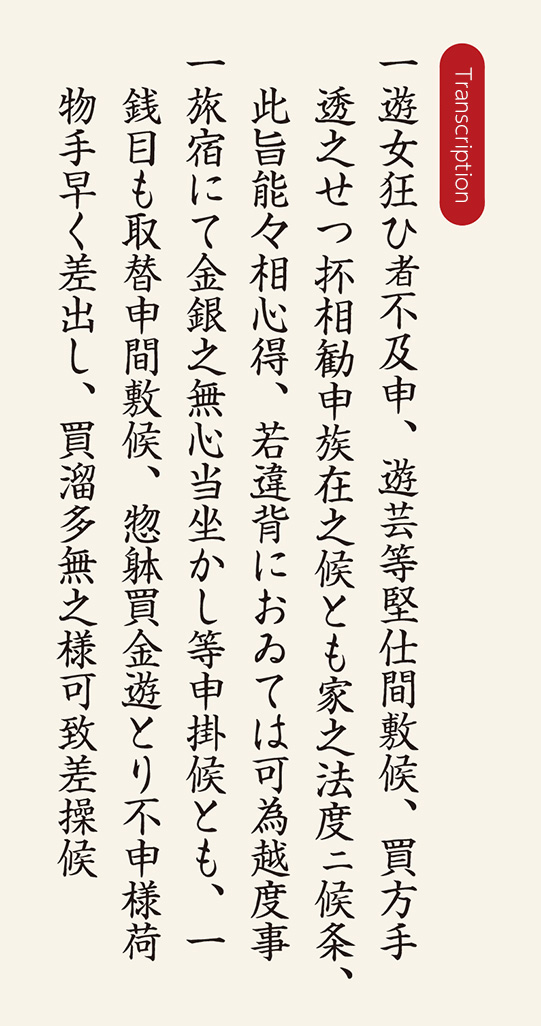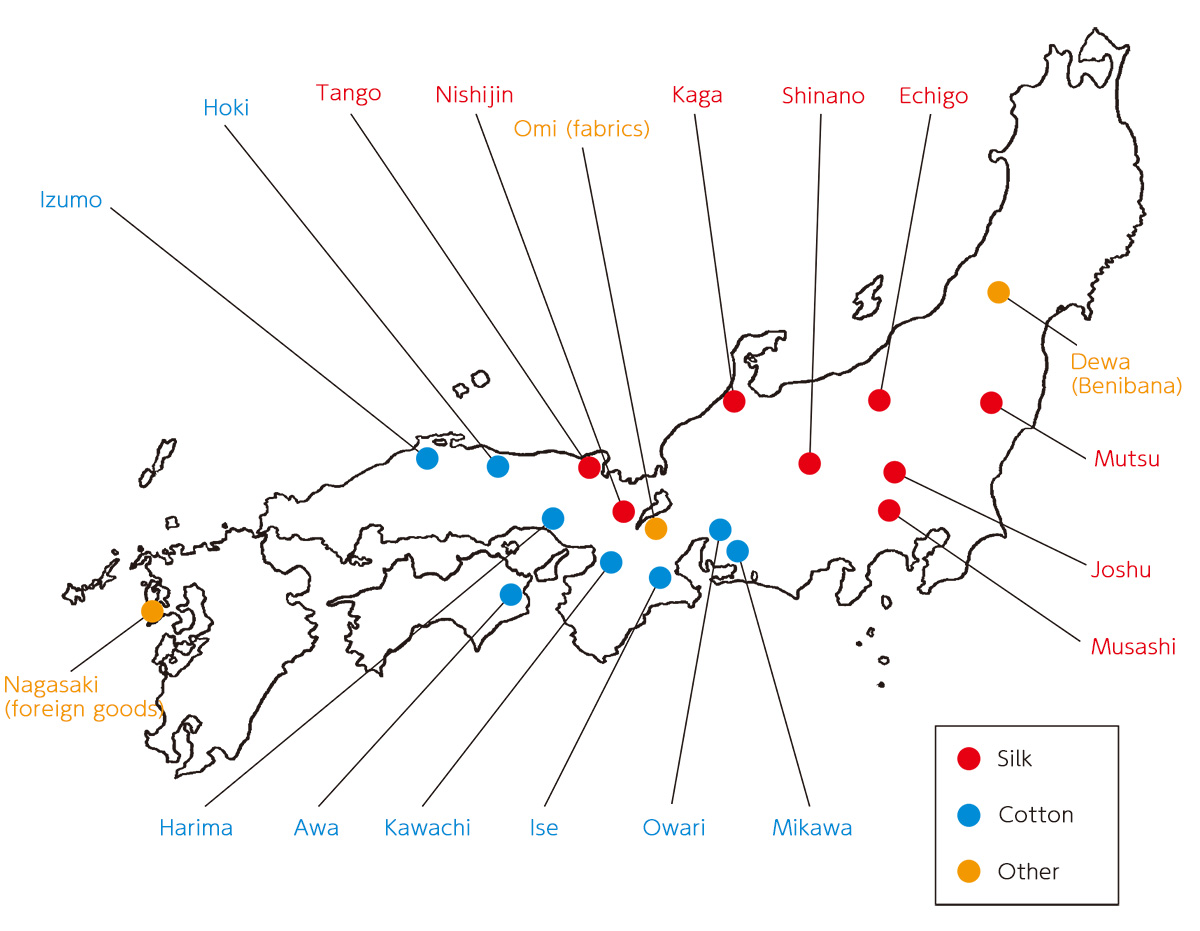15 Kimono Fabric Shops (4): Diversified Procurement
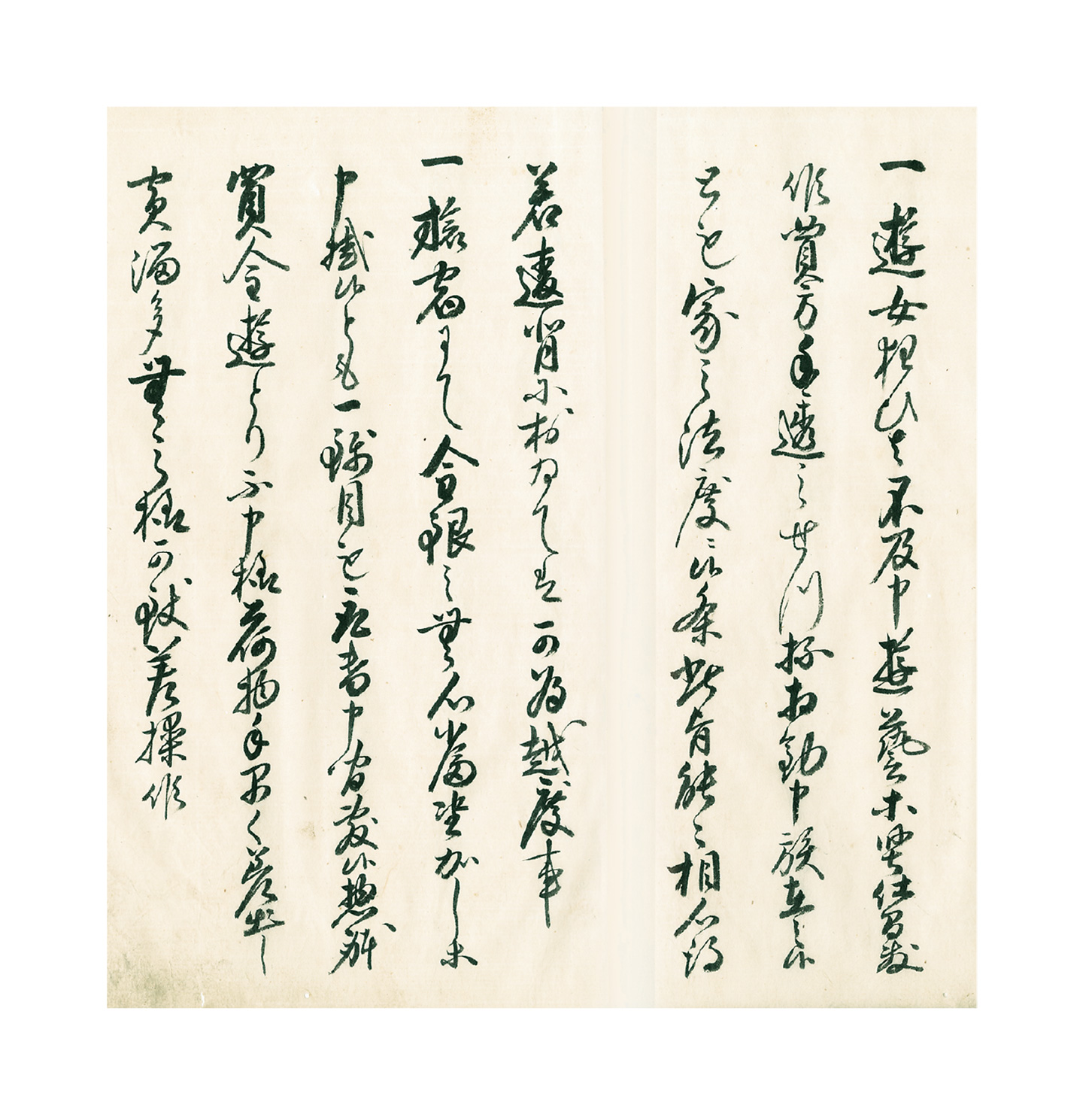
Expanding Production Regions
In the early Edo period, advanced techniques for producing Nishijin and other advanced fabrics were concentrated in Kyoto, but from the middle Edo period onward, these production techniques were introduced to more distant areas, and production of silk fabrics began in Tango (present-day Kyoto Prefecture) and Kaga (Ishikawa) and such areas in the Kanto region as Joshu (Gunma) and Musashi (Saitama and Tokyo). Cotton cloth had also been woven in Matsusaka of Ise (Mie), Kawachi and Izumi (Osaka) during the first half of the Edo period, but as cotton-growing spread to other parts of Japan, weaving flourished in the same areas.
Tanasaki Uri and Procurement
As Echigoya, the kimono division of Mitsui, sourced merchandise from increasingly diverse regions of Japan, it began to purchase not only high-end fabrics such as Nishijin textiles, but also silk fabrics and less-valuable cotton in large quantities produced in the provinces. Examples include silk fabric woven in such locations as Kaga, Tango, and Echigo (present-day Niigata Prefecture), Kiryu of Joshu, and Musashi; cotton fabric from locations like Matsusaka of Ise, Kawachi, Harima (Hyogo), Owari and Mikawa (Aichi), Hoki (Tottori), and Izumo (Shimane); and fabric and other goods from Omi (Shiga) (→Fig. 15c).In particular, Echigoya was the first of the large buyers to begin sourcing cotton fabric from Hoki, concealing its origin by labeling it Bishu Cotton (Bishu is another name for Owari). Procurement from the provinces was the responsibility of the Kyoto kimono shop, but purchasing of silk and cotton fabric from the Kanto Area was handled by the Edo Muko shop (→Fig. 15d).
Local Purchasing Offices
Echigoya’s commercial practices of tanasaki uri and genkin kakene nashi was possible by taking a low-margin, high-turnover approach to merchandise procured at low prices. Thus, it was important to secure sourcing routes that did not involve multiple intermediaries such as wholesalers.
One of Echigoya’s methods for procuring merchandise at the source was to establish kaiyado (local procurement bases) in the region where the merchandise was produced. Local wholesalers, buyers, and other influential commercial operators were appointed as kaiyado. Echigoya advanced money to kaiyado, sent orders to purchase merchandise, and had them forward to Echigoya shops in Edo or Osaka. Kaiyado would in turn be paid a commission by Echigoya for the volume of goods procured. Conveying information to Echigoya concerning the local production situation, prices, and other subjects was another important responsibility of kaiyado.
Echigoya maintained many kaiyado in important production regions, including Tokamachi in Echigo, Ueda and Nakano in Shinano (present-day Nagano Prefecture), Fujioka and Kiryu in Joshu, Ome and Hachioji in Musashi, Hoki, and Izumo.
Traces of these offices remain today. For example, Suwa-jinja Shrine, located in Fujioka of Joshu, preserves a stone lantern that was donated in the name of the sales staff who purchased it. The shrine also has a mikoshi (portable shrine) said to have been funded by Echogoya. As it built close relationships with local production regions, Echigoya worked hard to source quality, low-cost merchandise in large volumes.
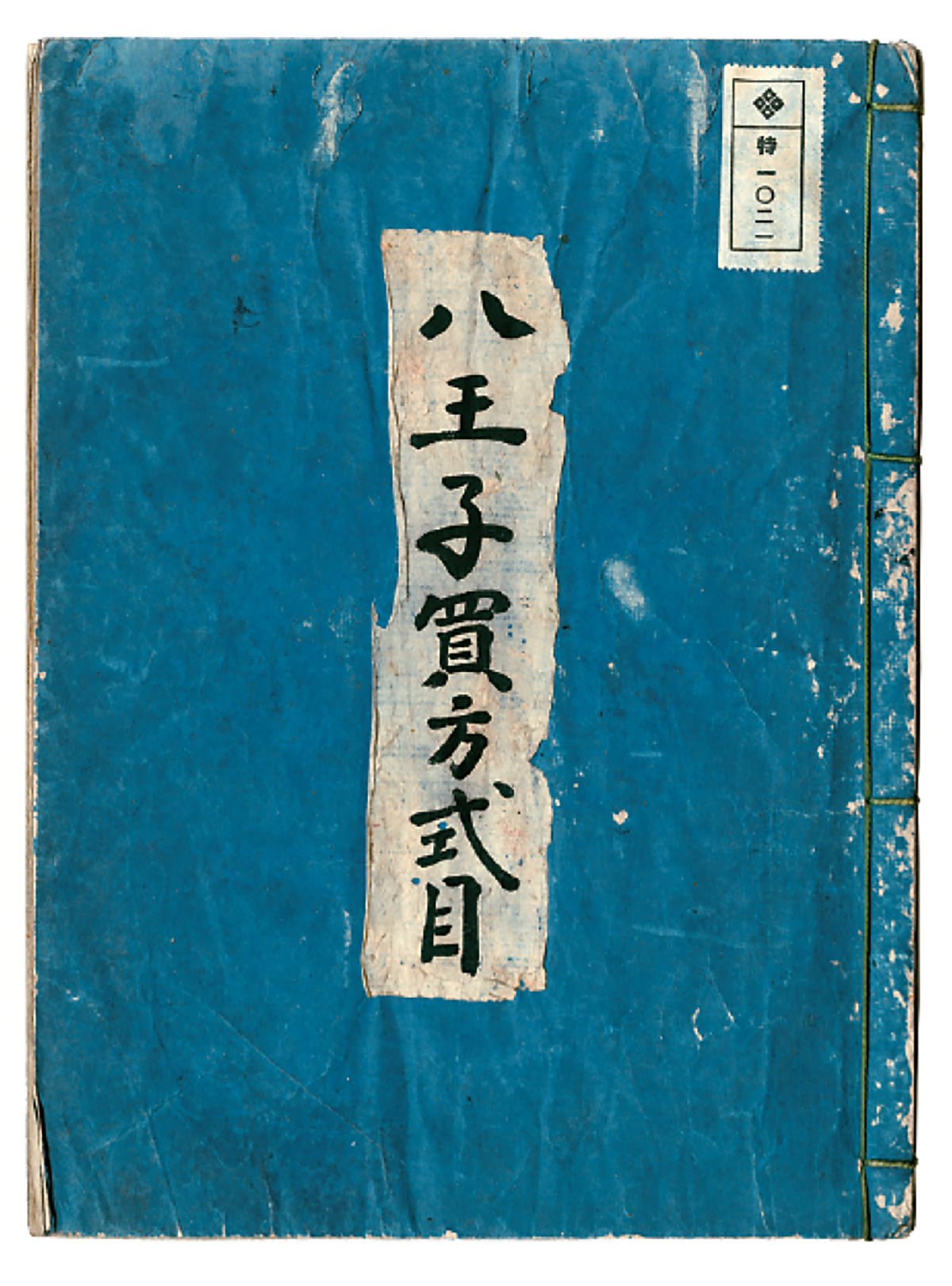
Procurement codes were sets of instructions issued to purchasing sales staff dispatched by Echigoya to local production regions. Hachioji had a silk market, and the procurement code was a set of rules for sourcing silk fabrics. Echigoya’s Hachioji procurement office (kaiyado) was established and began direct sourcing of silk fabrics in 1792. This version of the code in booklet format is thought to have been prepared around the same time. Many procurement codes existed; Ome-like Hachioji, located in the Musashi province-had its own code, and there were others in such regions like Kozuke, Hoki, and Omi.
Description
The procurement code for Hachioji had a total of 16 articles. Articles 3 and 4, shown in the figure, cover the proper attitude for a procurement staff. Article 3 states that dallying with professional entertainers is of course forbidden, but so too is enjoyment of performing arts; Article 4 forbids the use of procurement funds for any other purpose. At the end of the booklet, successive procurement staff have recorded their names and dates of posting. From 1795 to 1870, a total of over 100 managers served in the Hachioji area.
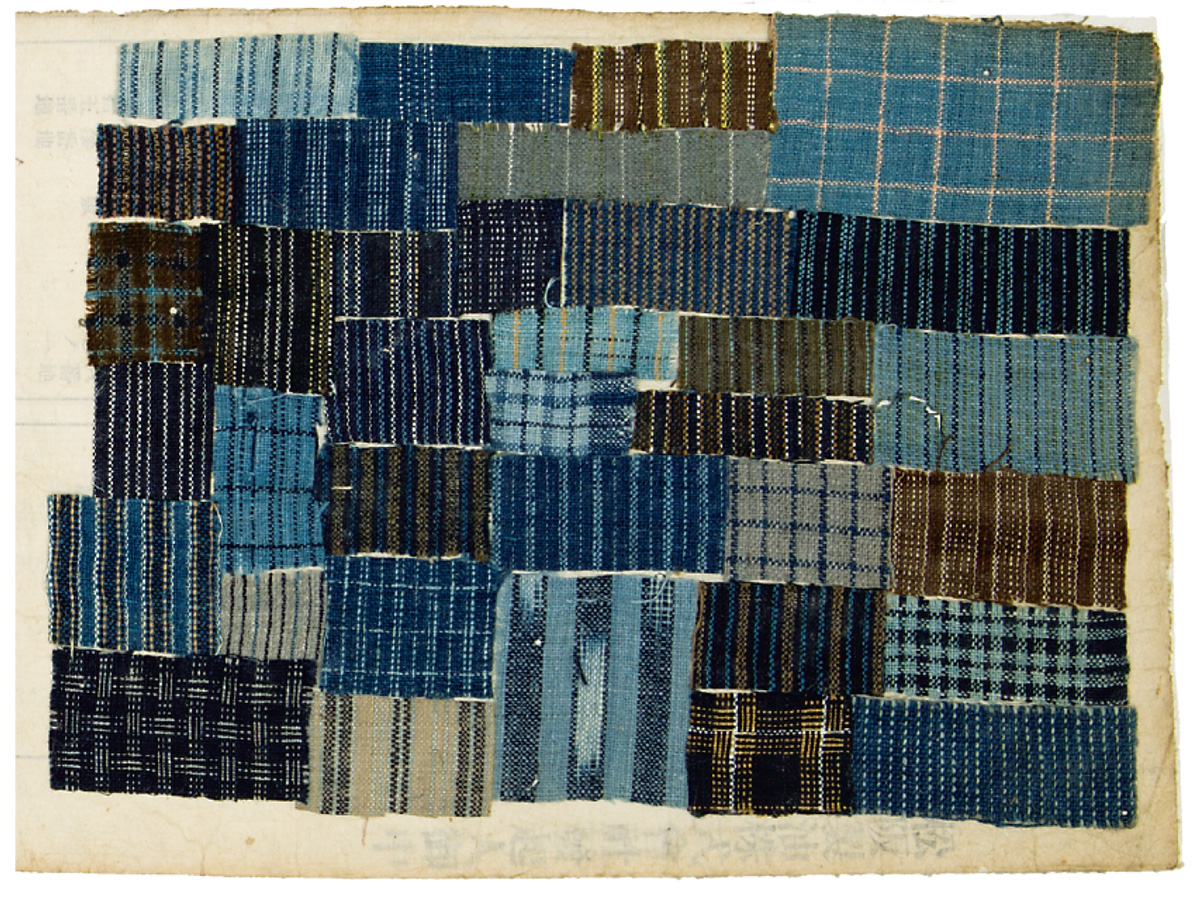
This array of striped Matsusaka cotton fabric samples was assembled by the weavers themselves. This striped sample was made from 1806 and added to the Mitsui Bunko collection in 1931.
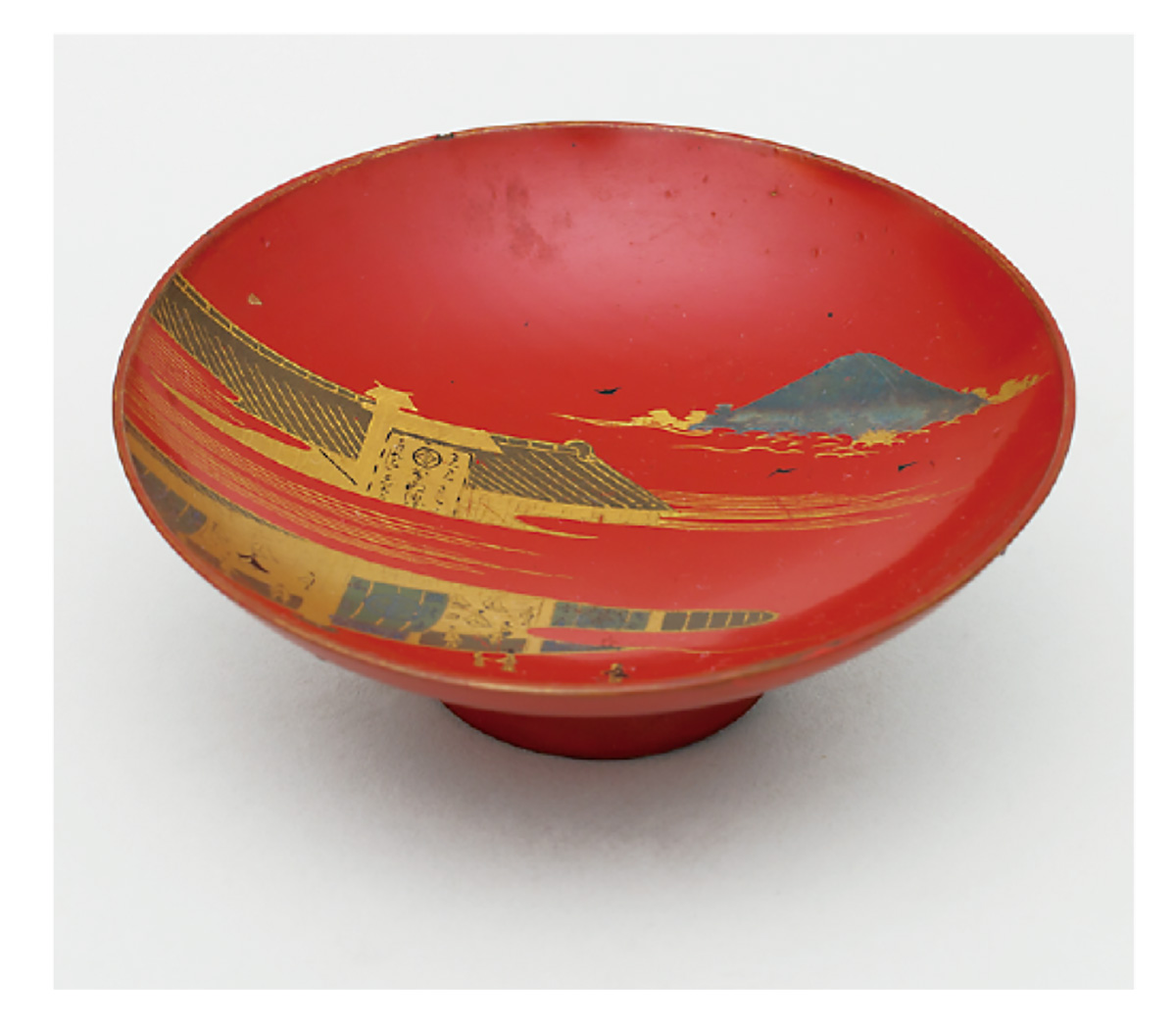
A sake cup depicting the Edo Muko shop, which was also a procurement shop. The shop stood on the present site of the Nihonbashi Mitsukoshi Main Store. The Muko shop was usually depicted with the Edo kimono shop, which stood opposite it. This depiction, showing the Muko shop only, is rare.

